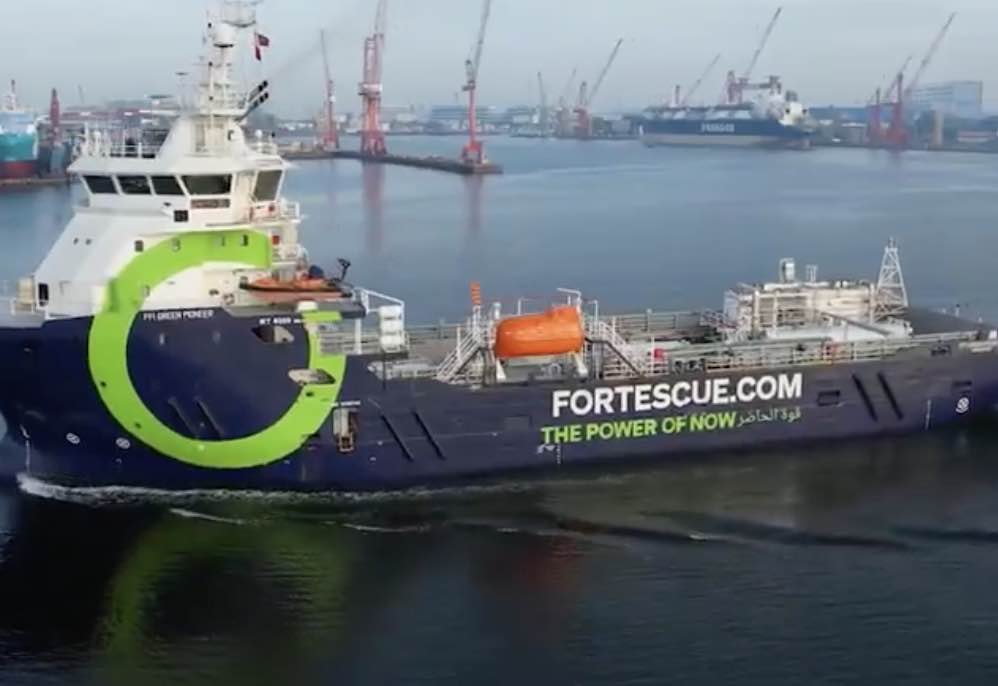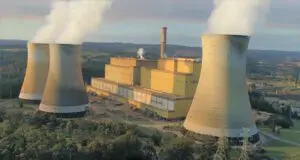If there was any doubt about the difficulties of playing the fossil fuel industry on its home ground they have been quickly dismissed in the first few days of the COP28 climate conference in the UAE.
The COP28 president Sultan Al Jaber , who also doubles as the CEO of the country’s major gas producer Adnoc, set the tone at the opening of the conference when he said that fossil fuels were important and had to be part of any future mix.
It appears his thoughts go much deeper than that, and deep into the bowels of climate denial and fossil fuel tropes that have been repeated around the world for the past half century.
It has since emerged, via The Guardian, that he told an online forum hosted by former Ireland president and UN climate envoy Mary Robinson a few weeks ago that abandoning fossil fuels would force the world “back into caves.”
That’s important, because despite the “nice” headlines about a tripling of renewables, the first health day, and money for a loss and damage fund, what really counts for the 1.5°C target is whether fossil fuels will be phased out, phased down, or left untouched.
That’s ostensibly up in the air, but it’s hard to imagine a COP28 president wedded to oil and gas profits will fight hard for the outcome that climate scientists, the UN and even the IEA says is essential for a safe climate.
Carbon capture
Perhaps because these climate talks are being played on home ground, the CEO of Exxon turned up for the first time. Darren Woods told the FT that climate discussions had put way too much emphasis on getting rid of fossil fuels and insisted he had a ‘plan’ which involved betting big on carbon capture and storage.
On that note, a new study released by Oxford University’s Smith School of Enterprise and the Environment explains why this is a bad idea, noting that putting a heavy dependence on CCS would cost at least $US30 trillion more over the next 30 years than a focus on renewable energy and electrification.
“The cost of CCS implementation has not declined at all in 40 years, in contrast to renewable technologies like solar, wind, and batteries, which have fallen in cost dramatically,” the Oxford report says.
“Any hopes that the cost of CCS will decline in a similar way to renewable technologies like solar and batteries appear misplaced. Our findings indicate a lack of technological learning in any part of the process, from CO2 capture to burial, even though all elements of the chain have been in use for decades”.
NZ wins fossil of the Day
Some 118 countries – out of 190 – signed on to an agreement to treble the amount of renewables in the world by 2030 (this is a global pledge not an individual one), but one of those not signing up was New Zealand.
One of the first acts of new climate minister Simon Watts, who took up his position just last week, was to reverse the country’s world-leading ban on new fossil fuel exploration.
Officially, the NZ stance is still support a phase out of fossil fuels, but this might be hard to argue when it is opening up its offshore areas to the oil and gas industry.
Pacific Island nations have already described the move of the new right-wing government as “tragic”. It was enough to earn New Zealand the first “fossil of the day” award at the COP.
Renewable pledge might just achieve something
The renewable pledge – which did include Australia – did not include the world’s biggest polluters such as China, the US and India.
This might not matter that much given that China is accounting for most of the wind and solar production at the moment and will install about 230GW this year. And, as some note, India is planning to treble renewable investment anyway and the US has its Inflation reduction Act.
Despite the lack of signatures from the big three, independent think tank Ember said the target of 11,000 TW of wind and solar by 2030 and a doubling of energy intensity improvements to 4% every year to 2030, iss significant.
“If delivered globally, these two actions can deliver 85% of the fossil fuel reductions needed by 2030 on 1.5°C aligned pathways.
“Tripling renewables alone will halve coal power by 2030, which would in turn also deliver almost half of the methane cuts needed from the coal mining sector this decade. By 2035, renewables and efficiency will alone more than halve energy sector CO2 emissions, unlocking a fossil fuel phaseout.”
But what matters is implementation on the ground. A global tripling does not mean every country triples, but it will require a step up in ambition for many, particularly rich nations that have high per capita emissions but lower renewables ambition.
“If the efficiency goal is achieved, then for the first time in history economic growth will be uncoupled from energy demand growth on a global scale. The tripling goal would take renewables to the next level, with solar and wind reaching 40% of global electricity generation by 2030.,” it said.
Forrest frustrated by old fossils
Meanwhile, iron ore billionaire Andrew Forrest and his green energy boss Mark Hutchinson sailed into the Dubai port, or at least appeared in photos, on the 75 metre Fortescue Green Pioneer, which is supposed to run on green ammonia, made with the power of wind and solar.
Except on this occasion, it didn’t, or couldn’t. Forrest lamented the fact that ships powered by green ammonia are not allowed in the world’s ports and it had to chug in with normal bunker fuel.
Forrest says this needs to change, because green ammonia could be a game changer for Fortescue, particularly as it seeks to reach its target of “real” zero emissions by 2030, and the world’s shipping industry.








